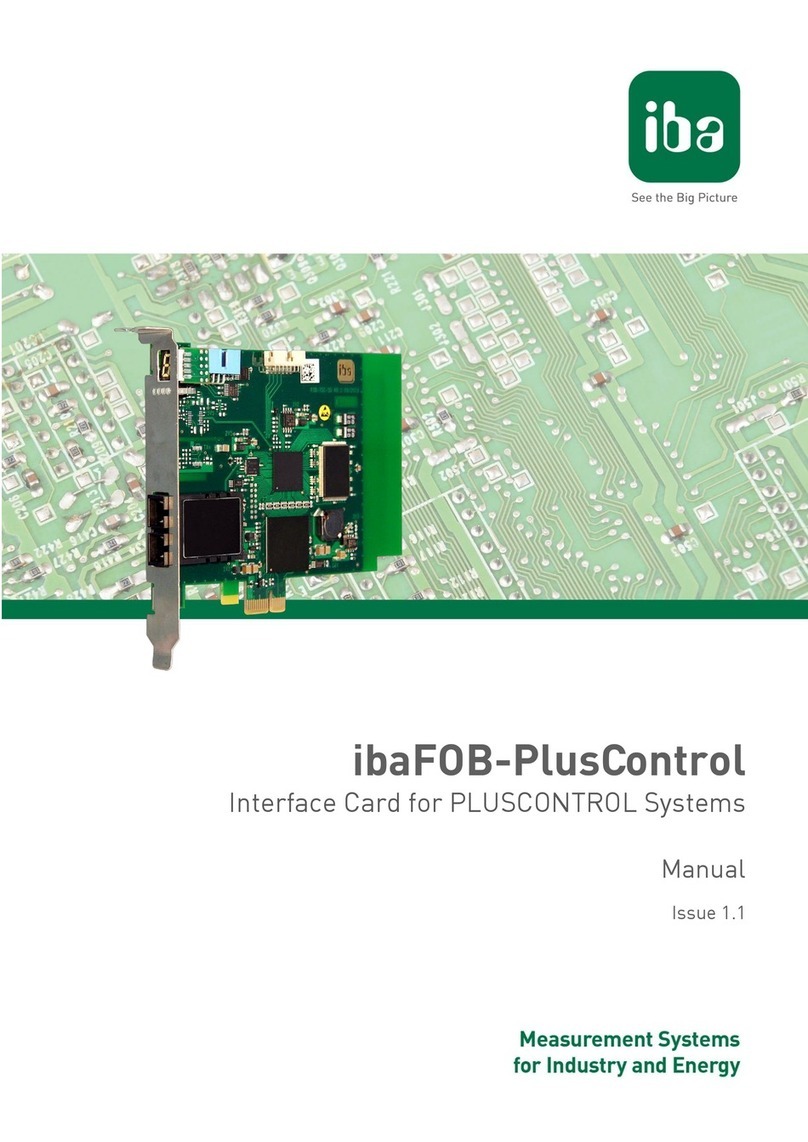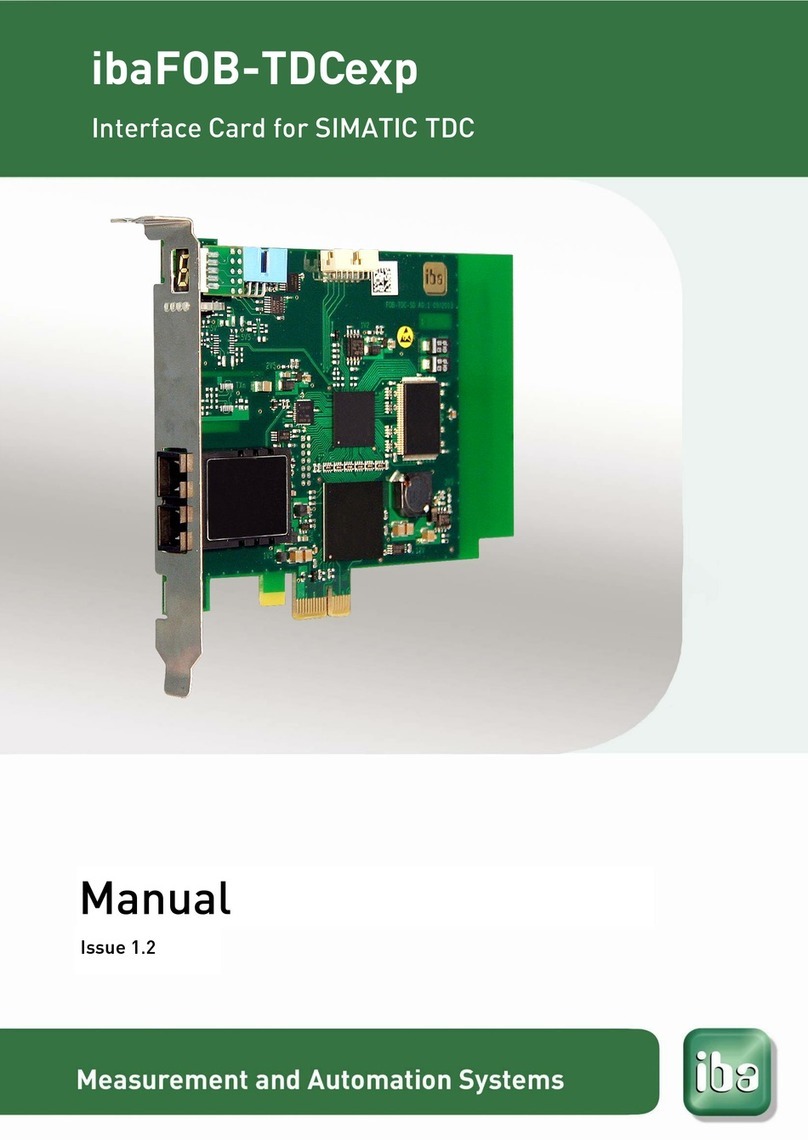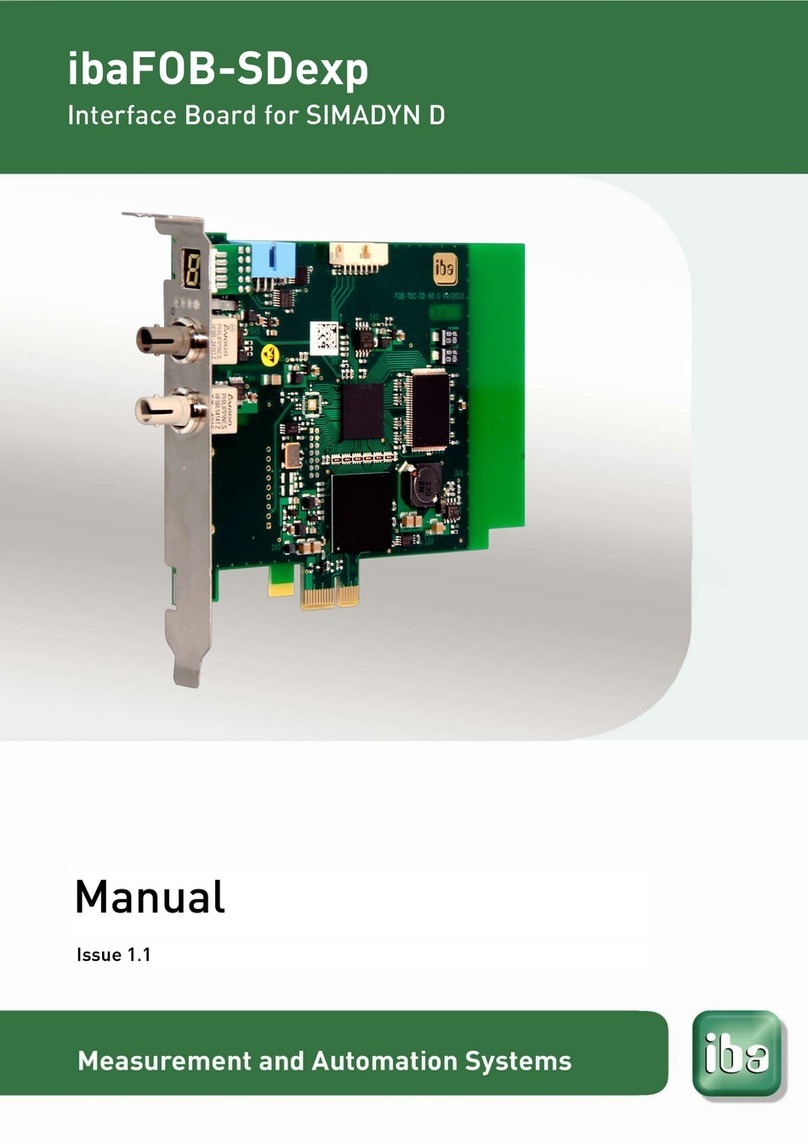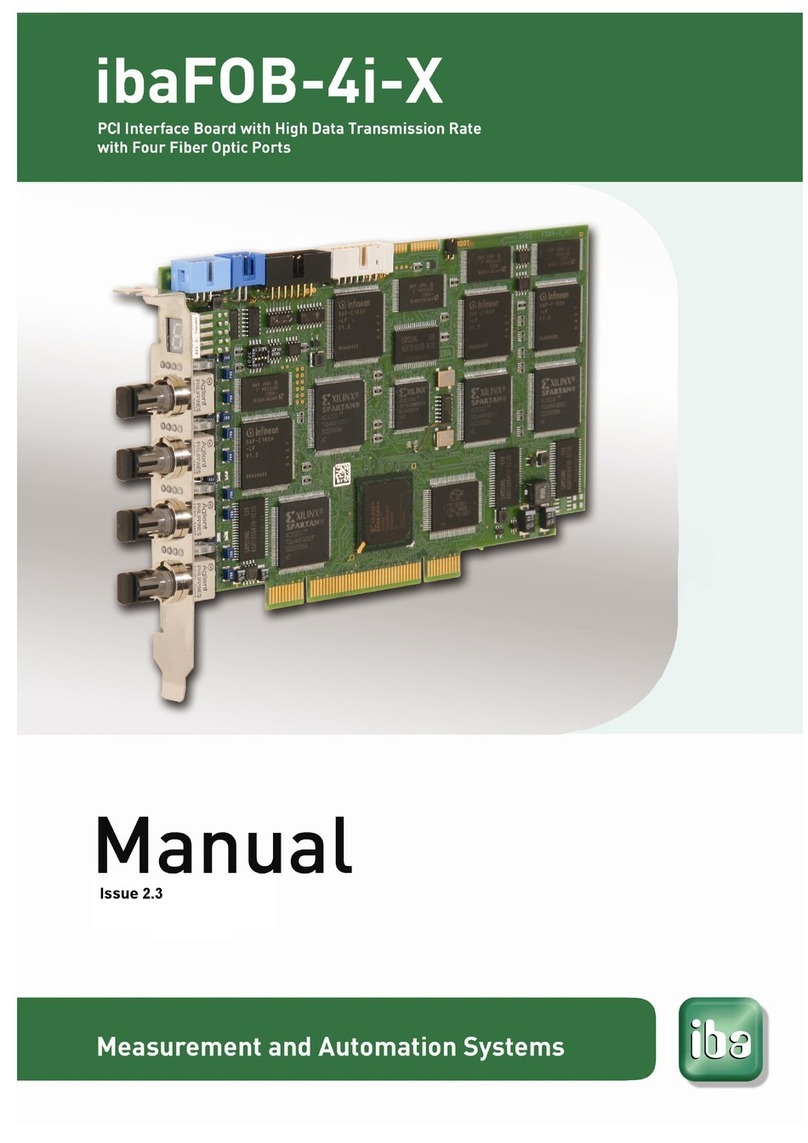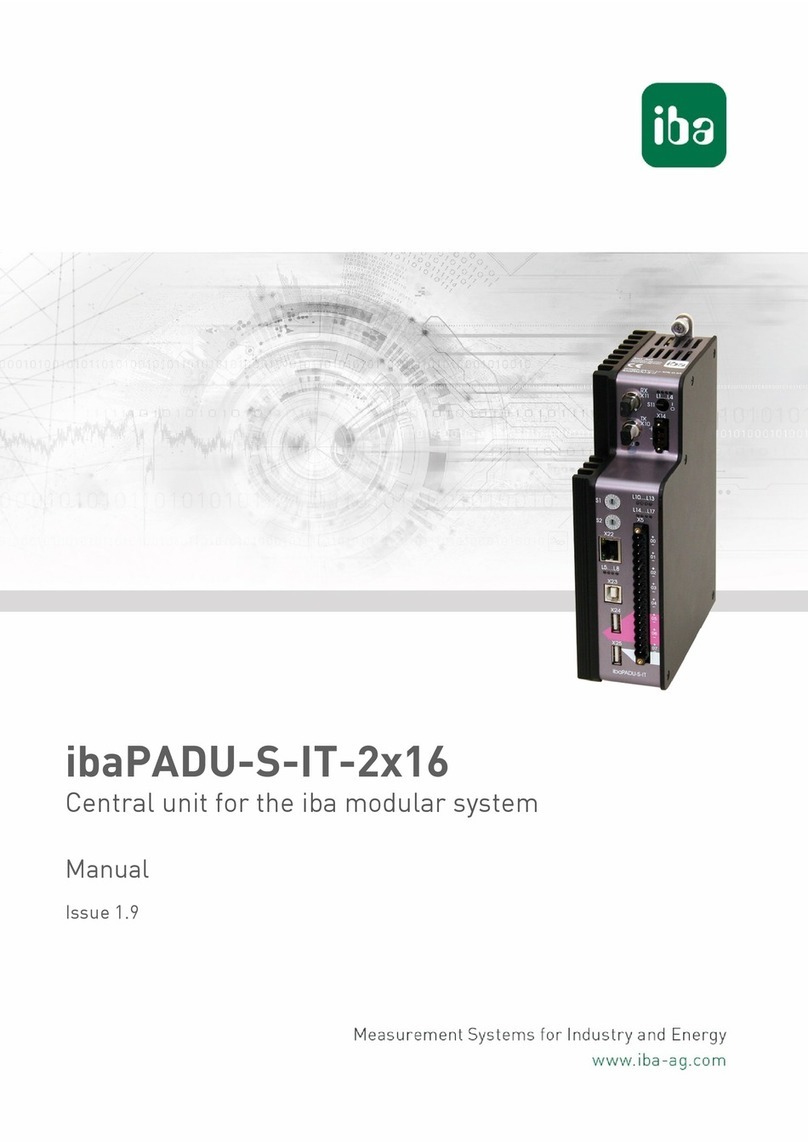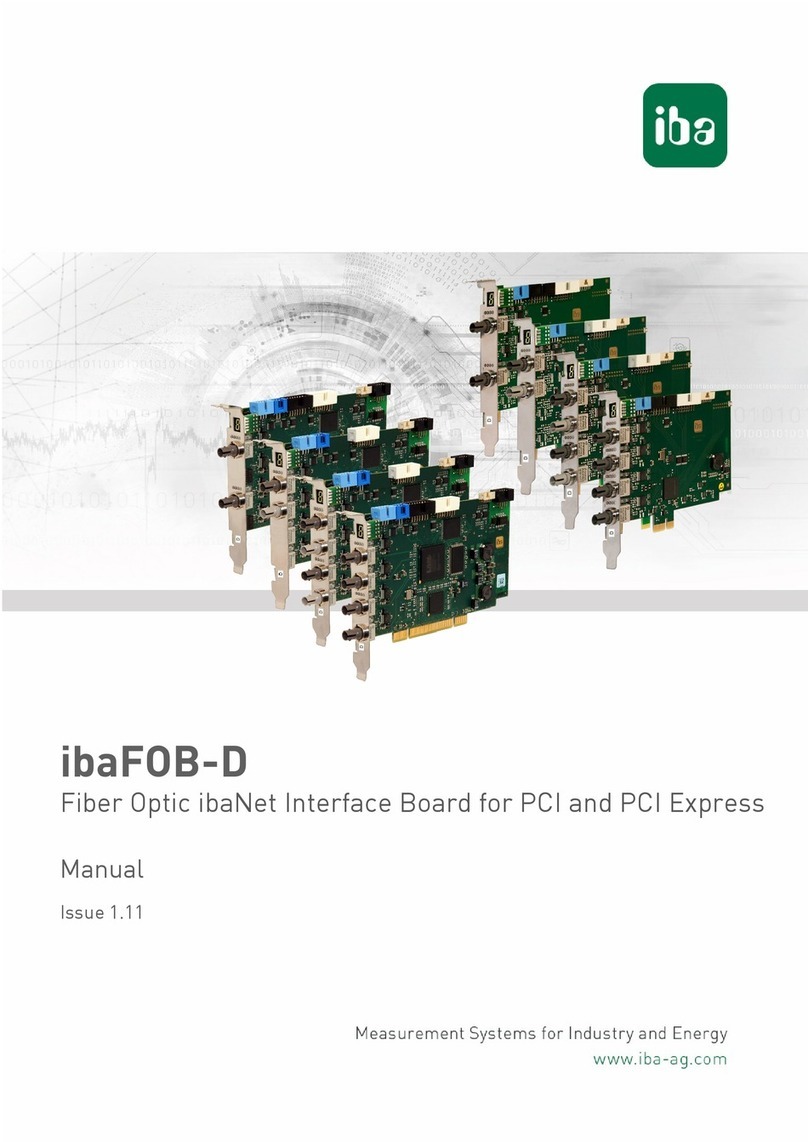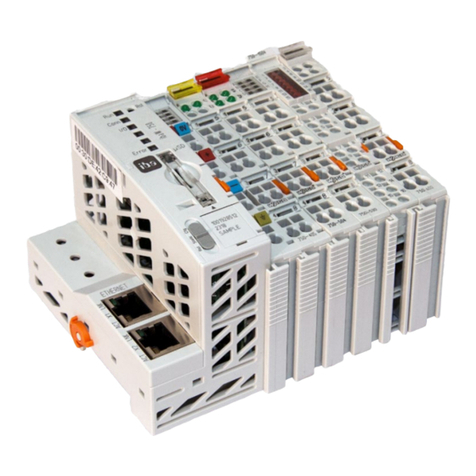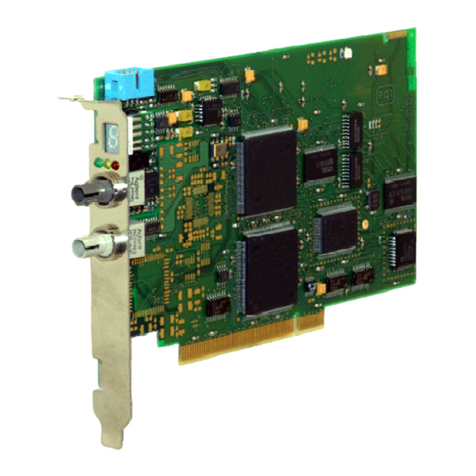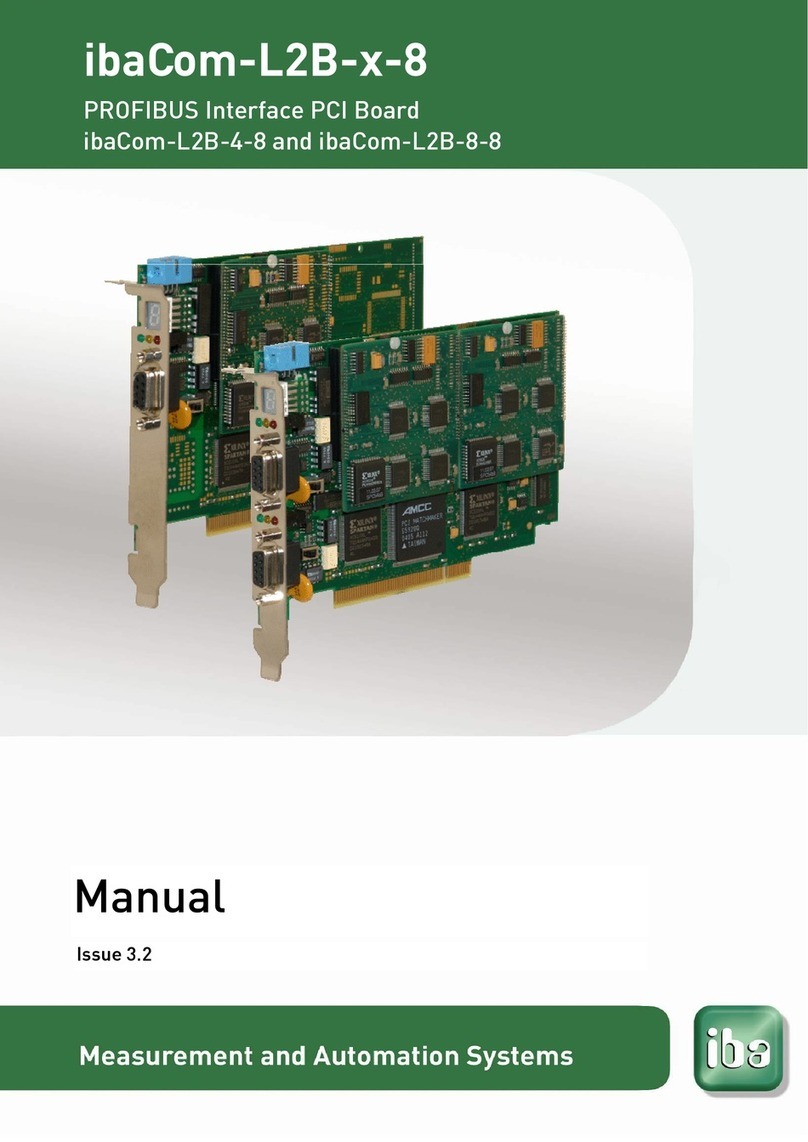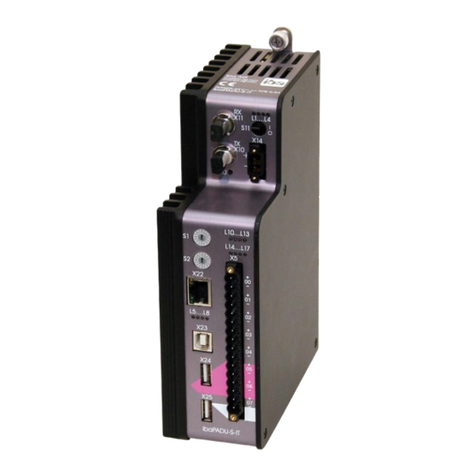
Table of contents
1About this manual........................................................................................... 5
1.1 Target group ..................................................................................................5
1.2 Notations .......................................................................................................5
1.3 Used symbols................................................................................................6
2Introduction ..................................................................................................... 7
3Scope of delivery ............................................................................................ 9
4Safety instructions.......................................................................................... 9
4.1 Designated use..............................................................................................9
4.2 Special advices..............................................................................................9
5System requirements.................................................................................... 10
5.1 Hardware.....................................................................................................10
5.2 Software ......................................................................................................10
5.3 PLC or control system .................................................................................10
6Installation / Deinstallation........................................................................... 11
6.1 Installing the card......................................................................................... 11
6.2 Removing the card.......................................................................................12
7Device description ........................................................................................ 13
7.1 Connectors and Operational Elements on Front Panel ................................13
7.1.1 Fiber optic connections................................................................................13
7.1.2 Rotary switches ...........................................................................................14
7.1.3 Status LEDs.................................................................................................15
7.2 Operation modes .........................................................................................16
7.2.1 ibaNet 3Mbit (mode 0) .................................................................................16
7.2.2 ibaNet 3Mbit with diagnostics (mode 1) .......................................................17
7.2.3 ibaNet 3Mbit P2P (mode 8)..........................................................................18
7.2.4 ibaNet 3Mbit P2P with diagnostics (mode 9)................................................18
7.2.5 ibaNet 32Mbit P2P (mode 4)........................................................................19
7.2.6 32Mbit Flex (mode F)...................................................................................20
7.3 DIP Switches on Board................................................................................21
7.3.1 Function of DIP Switches.............................................................................22
7.3.2 Setting the VMEbus Start Address...............................................................24
8Settings for Host systems............................................................................ 25
8.1 Settings for ALSPA CP80/A800 (AEG Logidyn D)........................................25
8.1.1 Card Settings...............................................................................................26
8.1.2 Switch Settings on Front Panel of ibaLink-VME ...........................................26
8.2 Settings for ALSPA C80 HPC (Logidyn D2)..................................................27
8.2.1 Engineering notes for ibaLink-VME with ALSPA C80 HPC (Logidyn D2)......27
8.2.2 Card Settings...............................................................................................27
8.2.3 Use of the ibaLink-VME in SM128 compatibility mode .................................28
8.2.4 Use of the ibaLink-VME in 32Mbit P2P mode ..............................................30
8.3 Settings for HPCi .........................................................................................35
8.3.1 Engineering notes........................................................................................35

